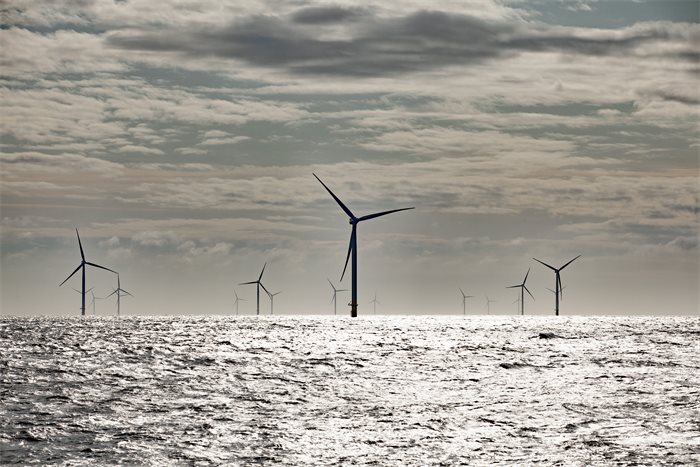Associate feature: harnessing offshore wind to create a clean energy future
16 novembre 2020
16 novembre 2020

In the field of renewable energies, the phrase “world leading” is often used. Most often, it’s said by governments and businesses in an aspirational way, with an eye to an ambitious target a decade or two in the future.
But there is a sector in which the UK can genuinely claim to be a world leader: offshore wind power.
It doesn’t seem widely appreciated among the public, perhaps in part because of the quiet, out-of-sight nature of offshore wind. But the UK has more installed electricity generating capacity than any other country, providing enough clean energy to power 4.5 million homes.
That’s how it is today. And in October, new targets were set to keep the UK at the forefront of low-cost, clean power generation.
Prime Minister Boris Johnson told the Conservative party conference that by 2030 the UK will be generating enough energy from offshore wind to power every home in the nation.
As well as helping to meet the nation’s carbon reduction targets, Johnson said, the push would feed into the UK Government’s ‘build back better’ strategy – and into Scotland’s green recovery.
The target of 40GW by 2030 was welcomed by the renewables industry as well as by the Committee on Climate Change. As part of the strategy, at least 1GW should be generated through innovation in floating offshore wind turbines.
Scotland – which has been referred to on more than one occasion over the years as the nascent ‘Saudi Arabia of wind’ – will be key to the transformation, under the even more urgent target of achieving net-zero by 2045. One quarter of the UK target is expected to be generated off Scottish coasts.
ScotWind, the leasing scheme for seabed sites managed by Crown Estate Scotland, is Scotland’s first significant leasing round in 10 years. In October the Scottish Government published its Sectoral Marine Plan to inform how the developments from the next round should be managed sustainably.
And so the next ten years look set to be defined by a burst of activity in developing offshore wind farms. Now the question is, how to make it all happen.
Curiously, the inflection point that saw offshore wind power become the nation’s leading route to a clean energy future came only a couple of years ago.
“In the UK, we started the journey to offshore wind about 20 years ago now,” says Duncan Clark, the UK head of region for Ørsted, the renewable energy company. Ørsted has years of international experience developing, constructing and operating wind farms, currently managing 12 in the UK’s waters alone.
“In the two decades since, there’s been a structured step up in scale – in distance from shore and, in parallel, a set of governments and regulators who have always seen offshore wind as an exciting opportunity,” Clark says.
In the past five years, the cost of new offshore electricity has fallen by more than 50 per cent, making the future the Prime Minister set out this year seem all the more possible.
Twenty years ago, Clark says, it was “a few far-sighted industry enthusiasts” championing the potential of the UK’s wealth of seabed. But there was a point when the technological and policy reality seemed to suggest a different future for the now burgeoning sector.
“There was a tough moment in the industry, a kind of realisation that the future might just look back on offshore wind as an interesting niche that did a little bit of capacity but kind of capped out because it was too expensive,” Clark says.
The “game-changing” moments came through the step up in scale that developers could achieve, through bigger turbines and larger wind farms, and also through government support in the form of auctioned Contracts for Difference which allowed scale to go up and costs down.
Crucial, too, says Clark, was the industry coming together and asking: “Okay, how can we make the cost of the clean energy we produce lower?”
Source : Holyrood